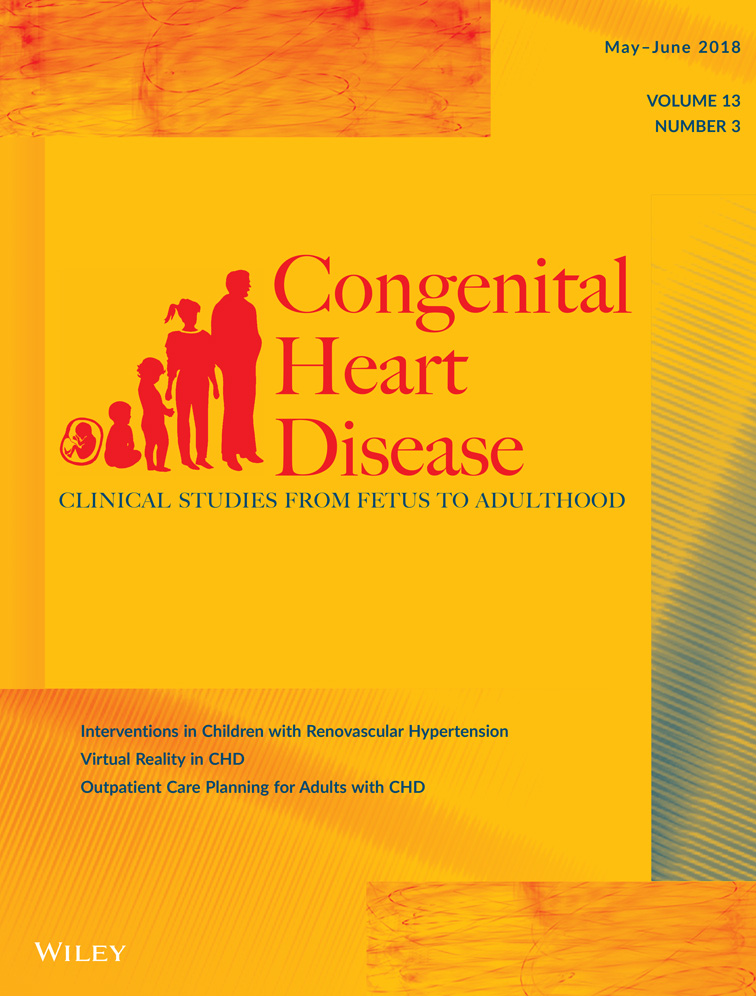Rhythm disturbances and treatment strategies in children with congenitally corrected transposition of the great arteries
Abstract
Background
We aimed to evaluate rhythm abnormalities in cases of congenitally corrected transposition of the great arteries (ccTGA) and associated treatment strategies.
Patients and Methods
This retrospective cohort study included 65 pediatric patients with ccTGA who were admitted to the clinic between 2009 and 2017. The patients were divided into two groups, and surgical data, Holter electrocardiographic (ECG) recordings, ECG recordings, electrophysiological data, and device implantation data on the two groups were compared.
Results
Group I (n = 53, 82%) consisted of patients with significant associated lesions, and Group II (n = 12, 18%) consisted of those with minor or no associated lesions (isolated ccTGA). Rhythm abnormalities were diagnosed in 22 (34%) of the patients based on initial ECG findings and Holter ECG recordings. Eleven (17%) of these patients had atrioventricular (AV) block of different degrees, and the other 11 (17%) had supraventricular arrhythmia (SVA). The median follow-up was 49 months (range, 9–89 months), and the rhythm remained normal in 26 (42%) of the patients. Three patients died on follow-up. Of 40 patients with normal initial findings, nine required pacemaker implantation due to complete heart block, and SVA developed in seven patients on follow-up. No ventricular tachycardia was seen initially or on follow-up. Ablation was performed in four patients. During the follow-up period, pacemakers were implanted in 12 (23%) of patients in Group I and 4 (33%) of patients in Group II due to complete heart block. Cardiac resynchronization therapy (CRT) was performed in four patients due to systemic ventricular dysfunction. Notably, all four of these patients had a pacemaker implanted postoperatively.
CONFLICT OF INTEREST
The authors declared no conflicts of interest with respect to the authorship and/or publication of this article.




